The gradual advancement of technologies such as car networking and ADAS has caused many engineers to exclaim, and the era of car information explosion is coming soon. As the amount of data generated by various electronic systems in the car continues to rise, the need to design smarter HMI systems for the next generation of cars is even more pressing. The next-generation instrument display system will take on the responsibility of connecting the driver, the interior control and the outside environment. The design of automotive instrument display system is constantly evolving, with stronger instrument graphics capabilities, more information display content, and more personalized display, looking forward to the emergence of more powerful in-vehicle SoC chips and design solutions. Recently, Fujitsu Semiconductor launched its third-generation SoC chip Triton (MB86R20) series of automotive graphics applications, hoping to meet the design needs of the next generation of automotive instrument display platforms. This article refers to the address: http:// Stronger computing and graphics capabilities From GDC to SoC, Fujitsu has been deeply involved in automotive graphic display control for many years, and its products are widely used in central control display, multimedia audio and video entertainment systems, navigation, virtual instrumentation and other fields. Zhou Haoyang, senior manager of marketing department of Fujitsu Semiconductor (Shanghai) Co., Ltd. said, "This third-generation SoC chip has enhanced CPU and GPU processing capabilities, and its performance can fully meet the drive multi-screen, high resolution (1920x720), full LCD Instrumentation and 360° 3D panoramic display requirements.†Triton's CPU uses two ARM Cortex-A9s, and the 3D graphics engine uses POWERVRTM SGX543 (Figure 1). Compared to the second-generation in-vehicle SoC chip Emerald, its CPU and GPU. The performance is increased by 2 times and 5 times respectively. It also upgrades from the second-generation four-input configuration to six inputs and three outputs of full HD images, which can output high-definition images from the camera and local HD content to multiple HD displays. The megapixel image supported by it can more clearly show the surrounding situation of the car body and reduce the blind spot of driving. In addition to the 3D graphics engine, the series also includes a two-dimensional graphics engine developed by Fujitsu to implement the image warping on-the-fly function, which can be used for the bending correction of the head-up display. Higher performance is achieved by adopting a model in which each part works independently. Its 2D graphics processing engine, 3D graphics processing engine and video capturer work independently at the same time, and perform optimal image processing on 8 different rendering layers according to different applications and display content. For example, the pointer and body image on the instrument display are separately 2D/3D processed at different levels to achieve a high level of drawing that exceeds the specified performance specifications (Figure 2). Currently, Triton has been listed globally. Triton-based instrument display products are expected to be available in 2016, depending on the time span normally designed by the vehicle manufacturer. Figure 1. Functional block diagram of the Triton series. Figure 2. The Triton series features ultra-high performance drawing capabilities. Triton-based multi-screen, panoramic solution While providing Triton chips, Fujitsu also offers two Triton-based instrument display applications: a 360° panoramic megapixel 3D imaging system and an integrated HMI full LCD instrumentation system. Unlike other panoramic systems, Triton's 360° panoramic megapixel 3D imaging system has an identification function that can be used to notify the driver of objects approaching the vehicle and alert them on the screen (Figure 3). According to Zhou Haoyang, the “Asymptotic Object Algorithm†was developed jointly with Fujitsu Labs to implement ADAS on a panoramic system. It can assist with panoramic display and deliver the dangerous situation around the car to the driver without any omission, reducing the dead angle caused by the vehicle. The probability of accidents, especially in large cities with dense populations and complex road conditions, this function is very helpful for safe driving. In addition, since the images from 6 cameras can be processed simultaneously, the scope of the applicable scene can be further expanded. Improve the freedom of 3D image performance." The panoramic solution supports multi-channel 6-channel full HD digital camera input interface, each supporting 2 million pixels, 30 frames per second, and equipped with the world's leading 360 ° panoramic stitching algorithm. "Based on this solution, manufacturers can develop different proximity warning functions, such as voice reminders, in combination with their own needs. Next, we are also considering adding a distance sensor to the solution to sense the distance of the approaching point on the surface point for night vision. Such amblyopia environment provides a clearer distance warning," said Zhou Haoyang. Figure 3. 360° panoramic megapixel 3D imaging system with identification. Progressive objects are displayed in a red box. Another solution, the Integrated HMI full virtual instrumentation system, is suitable for integrating multiple display platforms in the car to centrally display the internal and external data of the car. The multi-display system relies on Triton's high-performance computing power and independent 2D engine (iris) and 3D engine (Imagination) to support 3-channel display output and support up to 1920x720 resolution. “The amount of information that connects people and cars to the outside world is rapidly increasing, and this information is becoming more and more complex, such as batteries for electric vehicles, vehicle troubleshooting, camera images, warnings, navigation, smartphone connections, and cloud connections. This information is displayed and controlled separately through the central control display, the instrument panel display and the head-up display, and is a decentralized control. However, in order to convey the car and its surroundings to the driver in real time and intuitively, various information needs to be collected. Go to one place, carry out centralized processing, and select the best form according to different driving scenarios. Multi-screen full LCD instrument system can realize this function, which can promote the human-computer interaction experience of people and workshops to be more intuitive and smooth.†Zhou Haoyang said . Figure 4. The MB86R20 Series implements Display Control (Integrated HMI). Provide a complete solution and also provide differentiated support Fujitsu Semiconductor will provide a complete solution for the Chinese market, providing not only the underlying chip and chip drivers, but also the upper application software, including splicing algorithms, UI instrument design tools, reference designs, etc., to provide customers with one-stop service. “Industry friends usually only provide the underlying chips and drivers, while the upper-level solutions and software are from third parties, and Fujitsu Semiconductor offers a complete solution, which means that customers can get the solution and engineers can start designing and win Time for customers. To Market." Zhou Haoyang stressed. To help automakers differentiate, Fujitsu Semiconductor also offers a wide range of software toolkits for its SoCs. For example, to facilitate collaboration between designers and technicians, Fujitsu Semiconductor offers CGI Studio, a multi-screen full LCD instrumentation interface design (HMI) tool. The tool can maximize the performance of the Triton series, and the content drawn by the designer can be immediately presented by Triton, which helps designers and technicians work together to reduce rework during the productization process. "Because Fujitsu Semiconductor has rich experience in the development of human-machine interface for vehicles, we can help manufacturers to develop personalized innovations according to their specific needs, such as 3D full-virtual instrumentation solutions, and freely integrate information such as virtual instruments, reversing images, navigation, etc." Zhou Haoyang pointed out, "At the same time, in recent years, car manufacturers have paid special attention to the personalized design of HMI interface, such as UI design, menu design, etc. Even the car factory has the trend to update the HMI interface more frequently, to provide customers with fresh and differentiated services. Using CGI Studio can greatly reduce development costs, including time costs."
Wall plug adapter
with interchangeable plugs, AC Switching Adapter with
detachable AC plug, universal adapter, switching interchangeable power adapter,
interchangeable power supply,16V Detachable Plug Power Adapter with 6 different
plug types (CN, USA, EU, KR,AU and UK).
16V detachable plug
power adapter for tablet, bluetooth speaker, massage chair, humidifier,
juice extractor, coffee machine, small household appliance, fingerprint
scanner, CCTV camera-etc
With these 6 interchangeable
plug -- CN,KR,US,EU,AU,UK plug, you can only take one 16V wall plug in power
adapter with you when you traveling among these 6 countries.
We can also make it
with more plugs if you tell us your specific requirement.
16V Detachable Plug Power Adapter 16V Detachable Plug Power Adapter,Interchangeable Detachable Power Adapter,Detachable Power Adapter Shenzhen Juyuanhai Electronic Co., Ltd. , https://www.powersupplycn.com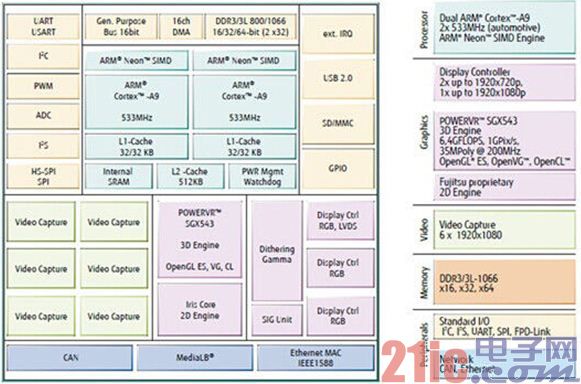
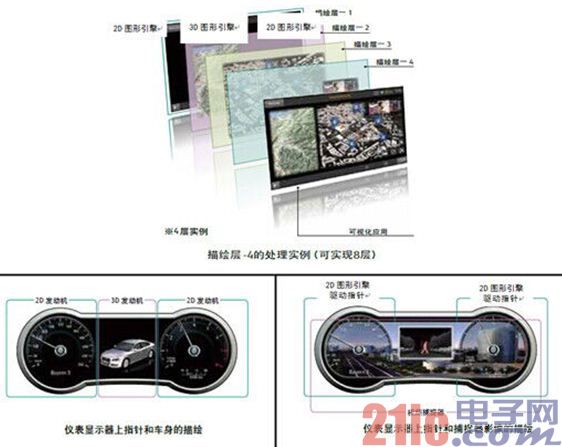
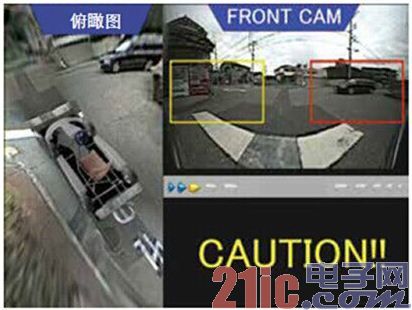
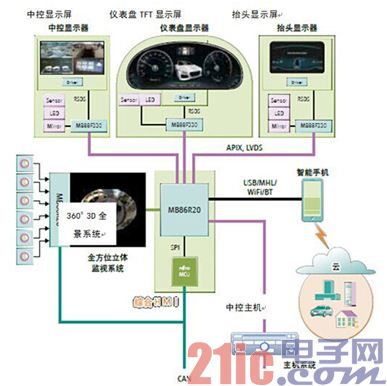
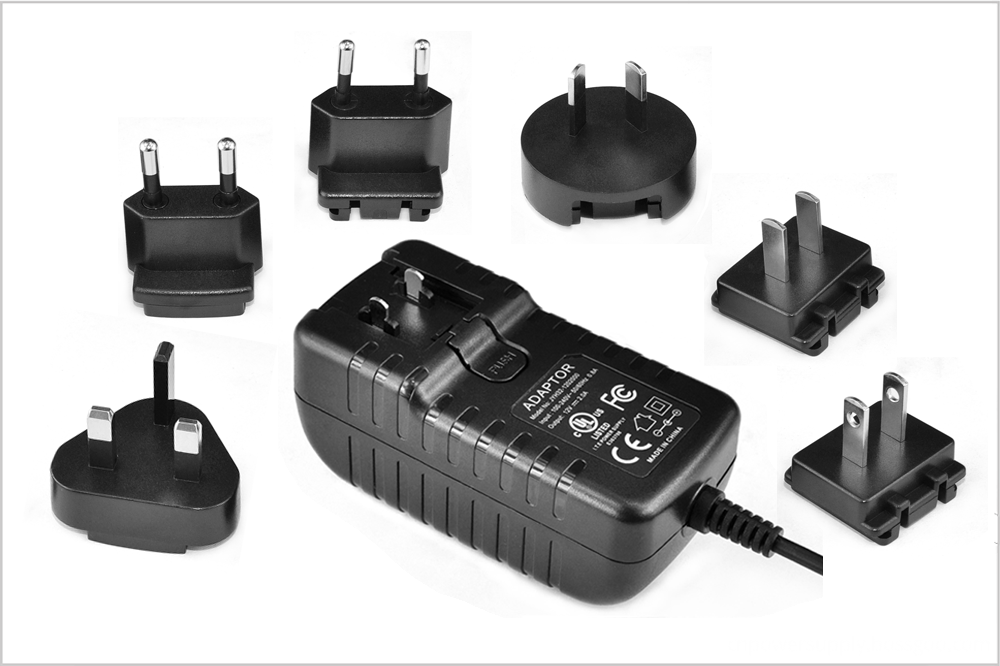
October 30, 2020